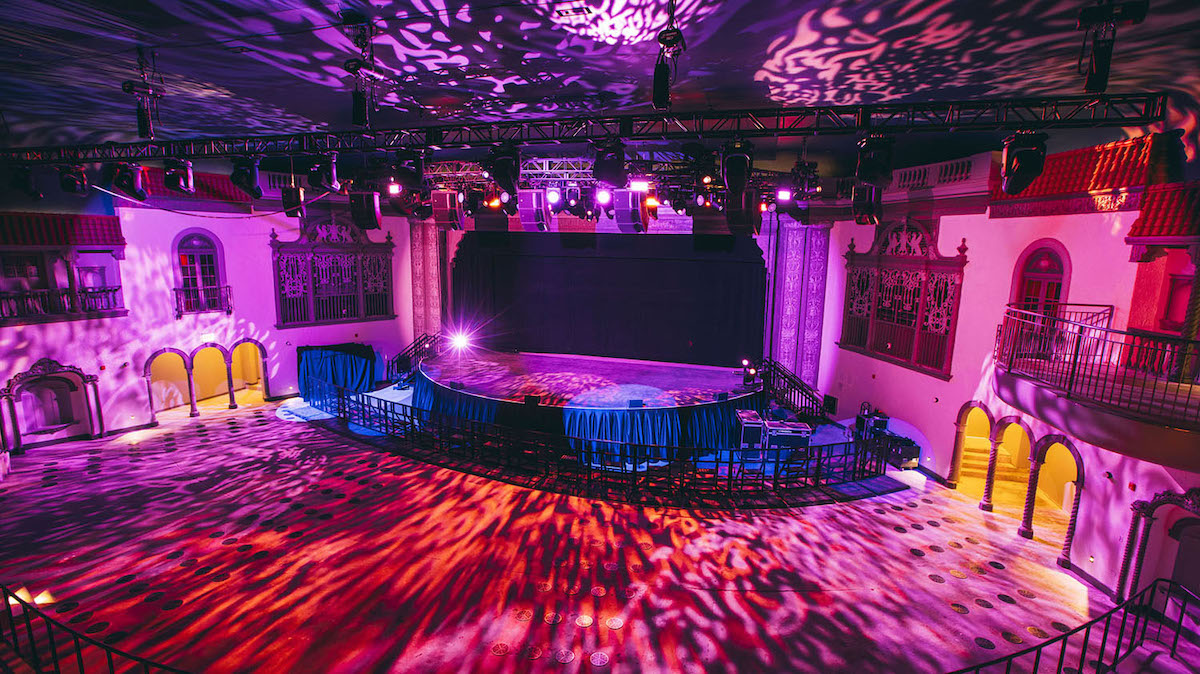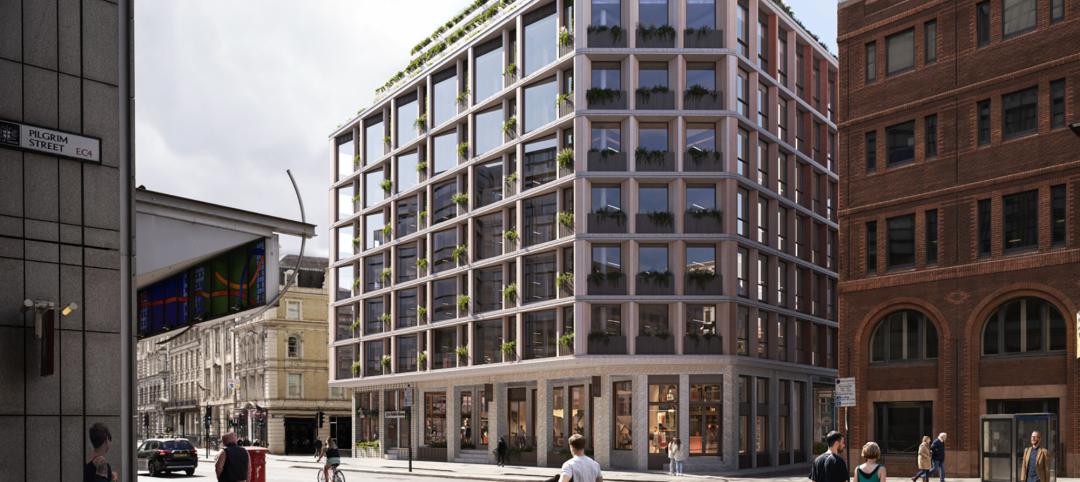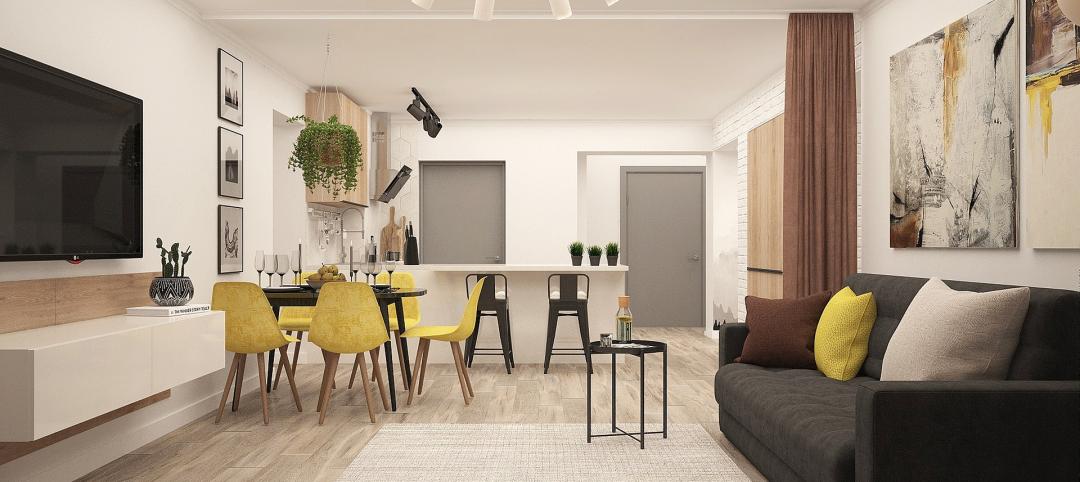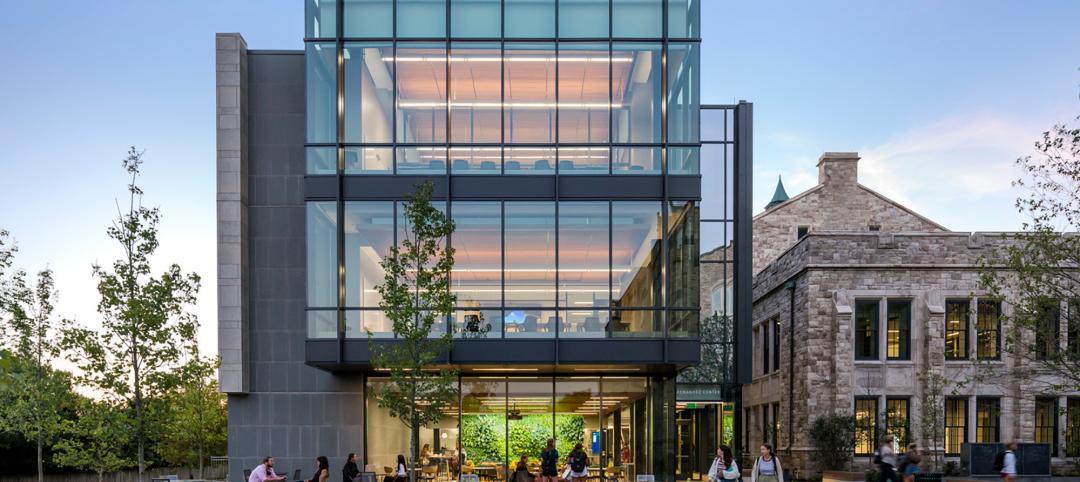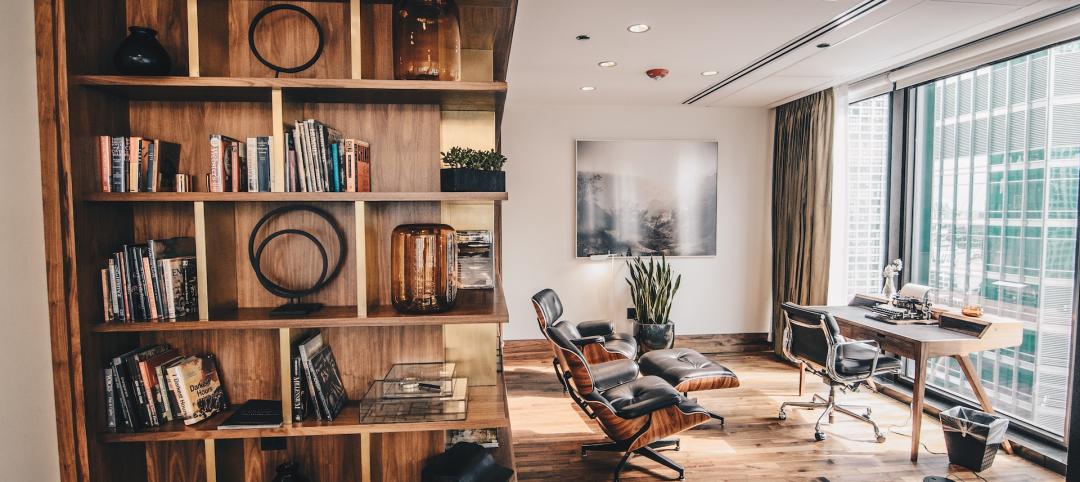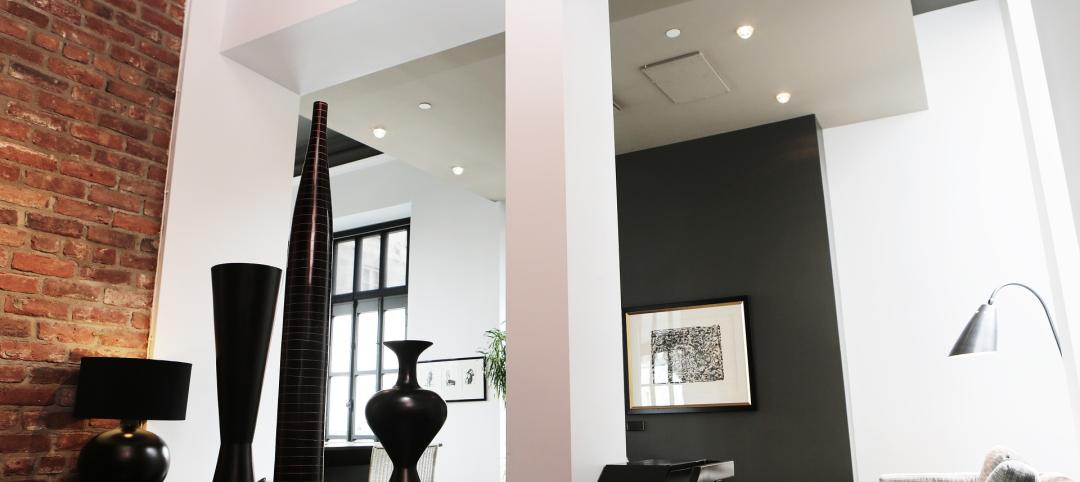McHugh Construction, one of the Midwest’s largest commercial contractors, has completed the $30 million adaptive reuse of Chicago’s historic Ramova Theatre from a long-shuttered single-screen cinema to an 1,800-person concert hall in Chicago’s Bridgeport neighborhood.
As part of the 36,000-sf project at 3510-3520 S. Halsted St., McHugh also built out space for Other Half Brewing, an independent craft brewery and taproom; Ramova Grill, an 18-seat diner; and Ramova Loft, a second-floor 200-person event venue.
JAZZ AGE MOVIE THEATRE CLOSED IN 1985
Ramova Theatre originally opened at the tail end of the Roaring Twenties and quickly became the jewel of the Bridgeport neighborhood with its neon red marquee and Spanish-inspired architecture. However, decades later ticket sales slowed, leading to its closure in 1985. Ramova’s historical and artistic significance was officially recognized with its addition to the National Register of Historic Places in 2021, the same year McHugh embarked on the building’s restoration.
“When we first arrived on the site, it was like a time capsule, with the ticket booth still in place – even with the same curtains from the day it closed,” said Andrew Totten, vice president of McHugh Construction. “But severe water damage destroyed large areas of the plaster ceiling, and the terracotta façade on Halsted Street was missing several parts.
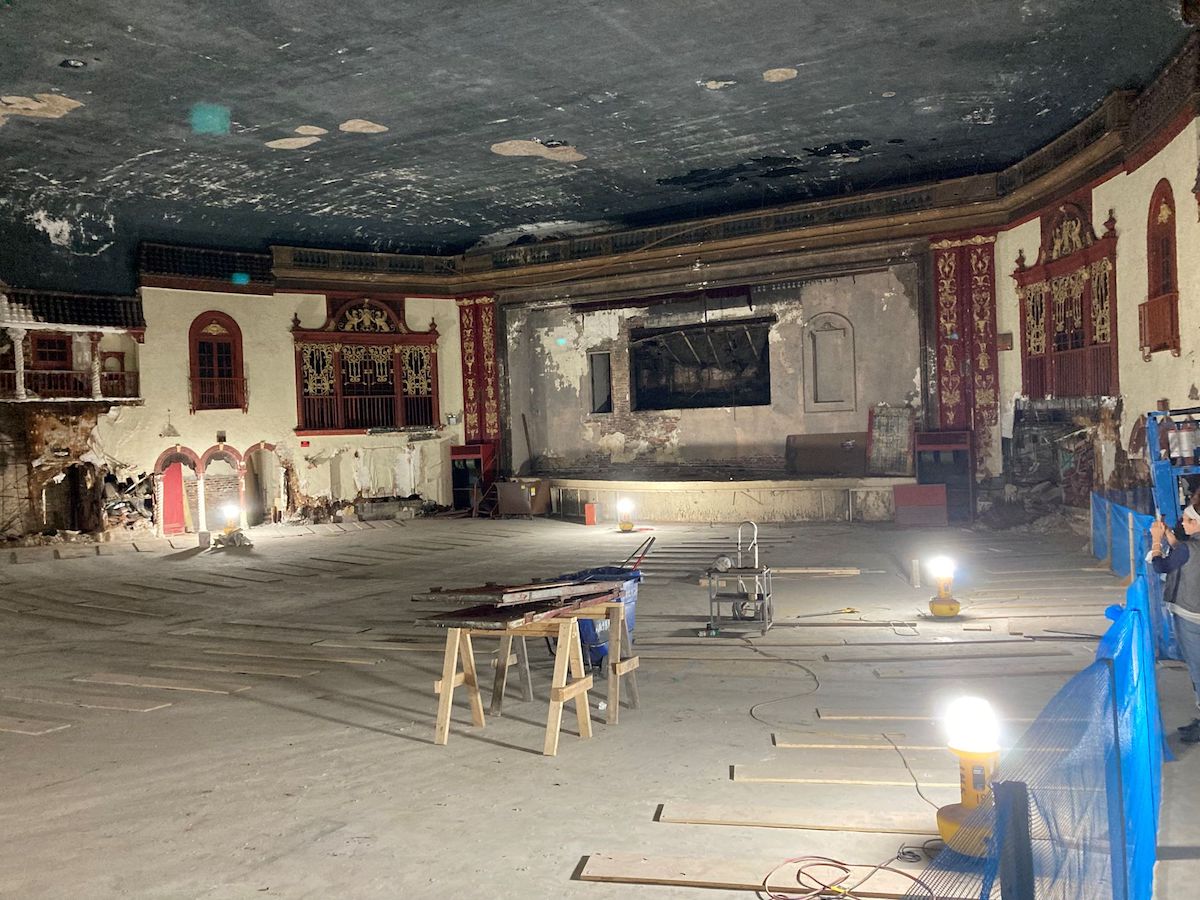
“It was the exact type of complicated project our experienced restoration team loves to bring back to life,” he added. “McHugh has been around longer than the Ramova Theatre, so we knew exactly how and when to preserve, protect, rebuild, and start anew, like when we took casts of the building’s remaining terracotta pieces and had them remade. We were honored to return the building to its 1929 glory and create a magical experience for the community once again.”
For more than two years, McHugh Construction worked closely with project architect O’Riley Office, Baum Revision, and historic preservation specialists to meticulously restore the ornate architectural details in Ramova’s original Spanish-courtyard-style lobby and auditorium.
Pale-yellow stucco-style walls, red-notched archways and columns, decorative bronze wrought-iron faux windows and balconies, a clay-tile roof line, and a ceiling painted midnight blue – all were restored to evoke the beautiful and inviting hacienda ambiance.
VENUE OFFERS UNOBSTRUCTED VIEWS OF THE STAGE
Gone are the velvety movie theater seats. In their place is a 22,000-sf, barrier-free multi-level concrete floor in front of an expansive stage. Rows of spotlights hang from the ceiling, casting multi-colored glows throughout the concert hall. The venue’s new speaker system amplifies the onstage vocals and instruments, connecting artists with the audience. Multiple bars were installed in the back of the auditorium, and a second-floor balcony was revived to offer clear views of the stage.
“The South Side of Chicago is home to the majority of local artists, but it has had the least amount of high-quality space for them to perform and hone their craft – from an aesthetic as well as acoustic point of view,” said Tyler Nevius, Ramova’s developer. “The city and the South Side needed this.”
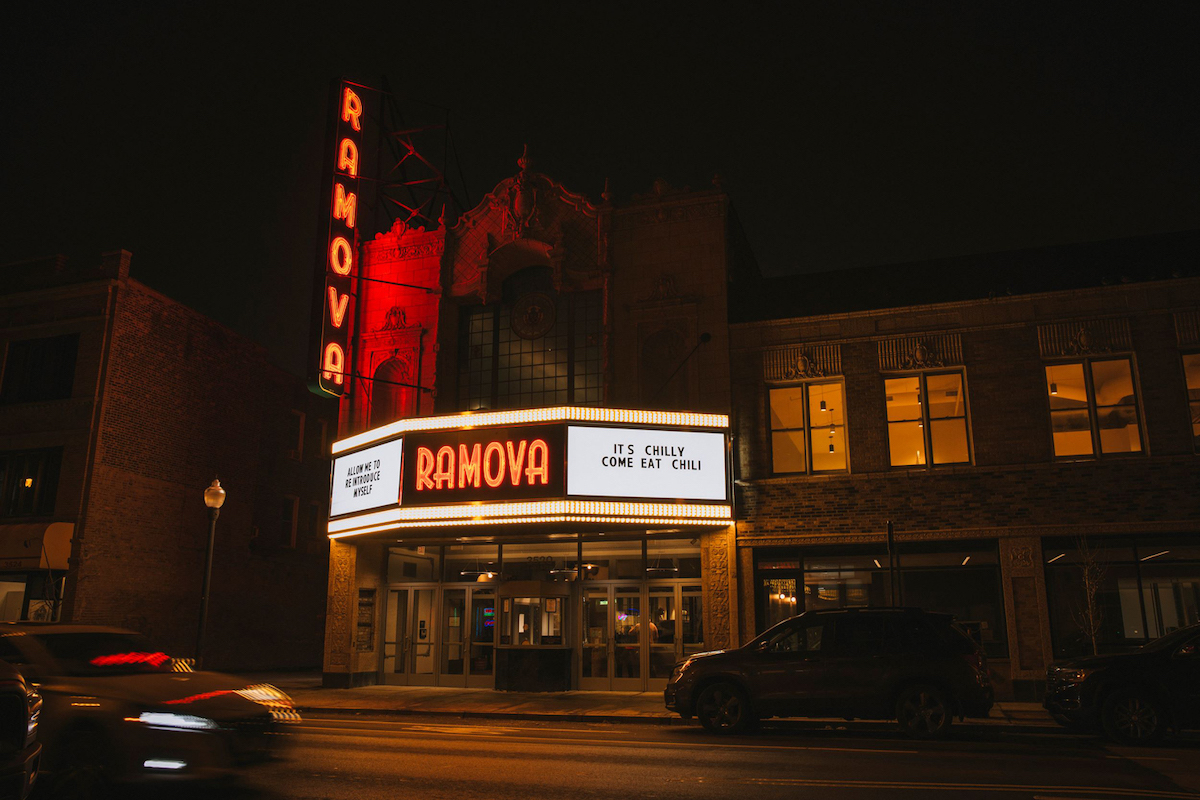
With an eye to attracting big-name performers, Ramova’s new greenroom is worthy of any A-lister, with four separate suites – each with full baths – and an office for tour managers to conduct business, said Nevius. To protect artists from paparazzi and unauthorized personnel, McHugh created direct paths for touring vehicles to arrive, unload equipment, and privately access the greenroom and performance area.
“Andy Totten and I talked with quite a few artists as part of the process,” Nevius said. “First and foremost, we wanted to create a place where they would want to come and perform. One that looks great, sounds even better, and where people can enjoy a show in comfort, which meant a five-star air conditioning system.”
HISTORIC PRESERVATION EXPERIENCE KEY TO SUCCESS
That required McHugh and its subcontractor teams to draw on decades of historic restoration experience to conceal state-of-the-art HVAC, electrical, sound, and fire protection systems within the early 20th-century fabric of the theater building. McHugh also tapped its in-house structural engineering team, McHugh Engineering Group, for expertise on structural modifications and additions to historic and complex structures.
“Multiple times we went to the McHugh office and worked on the whiteboard to understand how to fit everything into the venue,” Nevius said. “It was incredibly tight to shoehorn everything in while remembering what’s essential. For instance, it’s very important for the audience to have immediate and clear access to the bars and bathrooms.”
Hiring locals on the project was also a priority. “It was important to us to have our teams reflect the community we’re a part of,” Nevius said. “We began working with McHugh because we wanted to have local contractors and diversity on the jobsite, which can be hard to do in Chicago, where there is so much development going on so there’s competition for labor, but McHugh made it possible. We had a tremendous number of workers that live in area.”
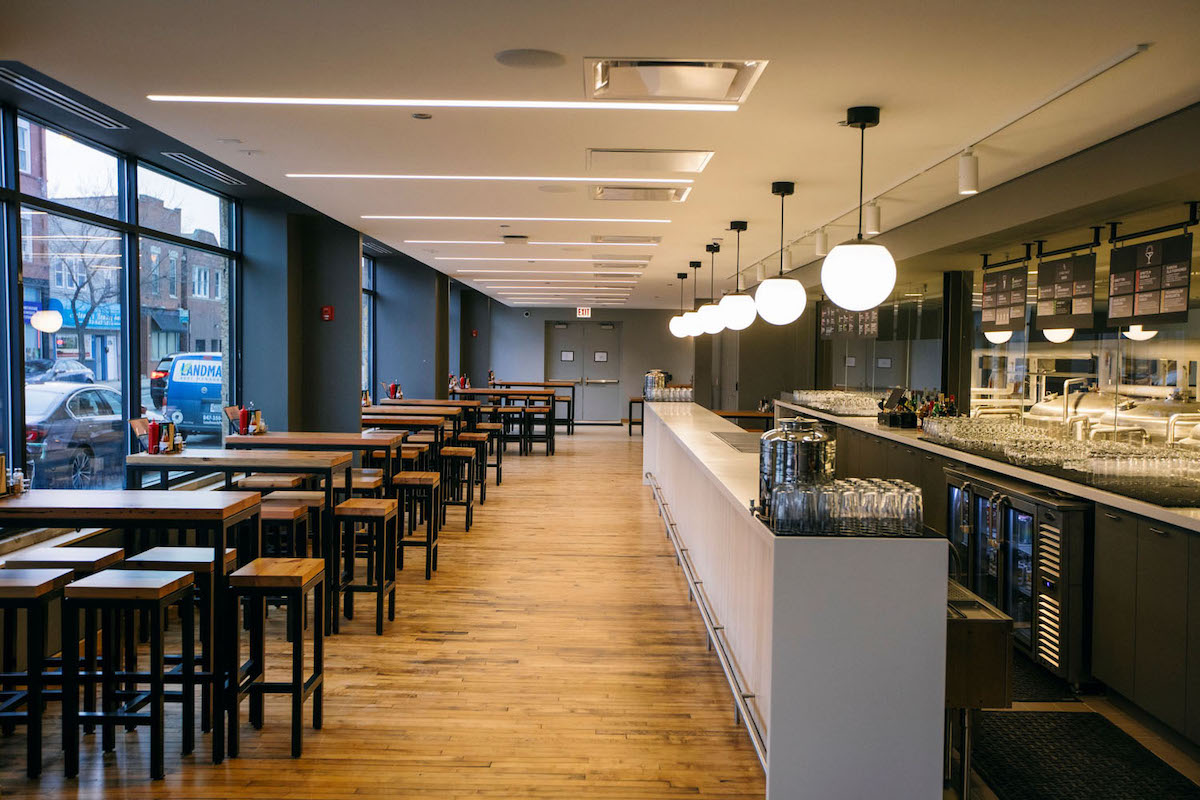
Ramova Loft, the 200-person venue on the second floor above the brewery and taproom, offers space for smaller performances by up-and-coming artists as well as events for local schools and community groups. The parking lot across the street from the building can also be used for community events such as farmers markets, and an empty lot adjacent to the south side of Ramova has been reimagined as a new outdoor beer garden.
“It’s rewarding to see all the dynamic uses come together at this one location to create an authentic community anchor,” Totten said.
The adaptive reuse project was funded by local investors, as well as big-name figures like Quincy Jones, Chance the Rapper, and Jennifer Huston. Tax-increment financing subsidies from the city of Chicago, a state grant, and a Historic Places loan added to the package. McHugh drew on its experience in Chicago public-private projects, such as 43 Green and 508 Pershing at Oakwood Shores in Bronzeville as well as Ogden Commons in Douglas Park.
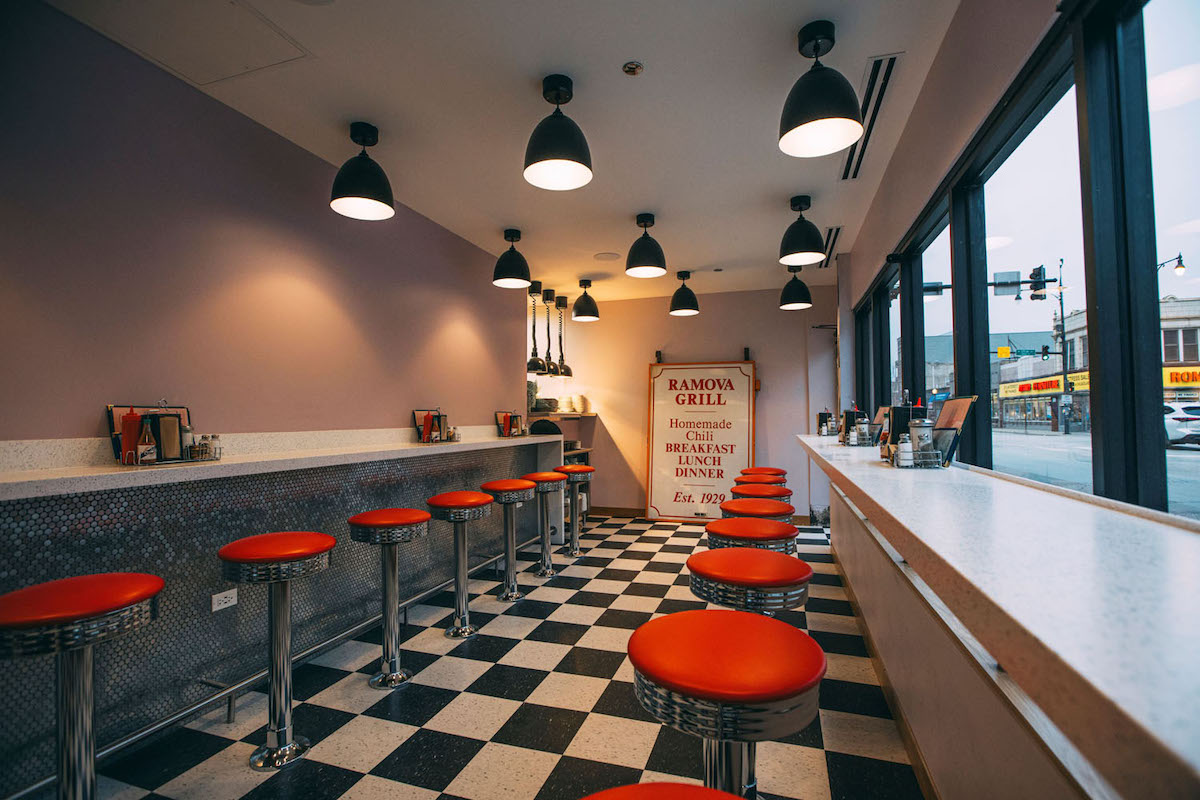
ABOUT MCHUGH CONSTRUCTION
Since its founding in 1897, James McHugh Construction Co. has earned its reputation as a builder of landmark, one-of-a-kind structures in Chicago and other areas of the country. The company specializes in managing multimillion-dollar projects, from ground-up new construction to complex renovations and high-end interiors. As a multi-faceted general contractor, McHugh constructs high-rise concrete towers, steel structures, and buildings using alternative materials such as cold-formed steel, heavy timber, and cross-laminated timber. McHugh has built and renovated iconic structures such as Chicago’s Marina City, Vista Tower, Trump Tower, Aqua Tower, Blackstone Hotel, and Navy Pier (including the 200-foot-tall Centennial Wheel and, most recently, the Sable Hotel at Navy Pier, Curio Collection by Hilton, and the Offshore Rooftop and Bar). For more information, visit www.mchughconstruction.com.
Related Stories
Urban Planning | Jul 26, 2023
America’s first 100% electric city shows the potential of government-industry alignment
Ithaca has turned heads with the start of its latest venture: Fully decarbonize and electrify the city by 2030.
Multifamily Housing | Jul 25, 2023
San Francisco seeks proposals for adaptive reuse of underutilized downtown office buildings
The City of San Francisco released a Request For Interest to identify office building conversions that city officials could help expedite with zoning changes, regulatory measures, and financial incentives.
Sustainability | Jul 13, 2023
Deep green retrofits: Updating old buildings to new sustainability standards
HOK’s David Weatherhead and Atenor’s Eoin Conroy discuss the challenges and opportunities of refurbishing old buildings to meet modern-day sustainability standards.
Multifamily Housing | Jul 11, 2023
Converting downtown office into multifamily residential: Let’s stop and think about this
Is the office-to-residential conversion really what’s best for our downtowns from a cultural, urban, economic perspective? Or is this silver bullet really a poison pill?
Adaptive Reuse | Jul 10, 2023
California updates building code for adaptive reuse of office, retail structures for housing
The California Building Standards Commission recently voted to make it easier to convert commercial properties to residential use. The commission adopted provisions of the International Existing Building Code (IEBC) that allow developers more flexibility for adaptive reuse of retail and office structures.
Adaptive Reuse | Jul 6, 2023
The responsibility of adapting historic university buildings
Shepley Bulfinch's David Whitehill, AIA, believes the adaptive reuse of historic university buildings is not a matter of sentimentality but of practicality, progress, and preservation.
Multifamily Housing | Jun 19, 2023
Adaptive reuse: 5 benefits of office-to-residential conversions
FitzGerald completed renovations on Millennium on LaSalle, a 14-story building in the heart of Chicago’s Loop. Originally built in 1902, the former office building now comprises 211 apartment units and marks LaSalle Street’s first complete office-to-residential conversion.
Multifamily Housing | May 23, 2023
One out of three office buildings in largest U.S. cities are suitable for residential conversion
Roughly one in three office buildings in the largest U.S. cities are well suited to be converted to multifamily residential properties, according to a study by global real estate firm Avison Young. Some 6,206 buildings across 10 U.S. cities present viable opportunities for conversion to residential use.
Multifamily Housing | May 16, 2023
Legislators aim to make office-to-housing conversions easier
Lawmakers around the country are looking for ways to spur conversions of office space to residential use.cSuch projects come with challenges such as inadequate plumbing, not enough exterior-facing windows, and footprints that don’t easily lend themselves to residential use. These conditions raise the cost for developers.
Sustainability | May 11, 2023
Let's build toward a circular economy
Eric Corey Freed, Director of Sustainability, CannonDesign, discusses the values of well-designed, regenerative buildings.


